The genus of plants Yams serves as an important food in some countries. In addition, the yam root can also be used as a natural remedy for gynecological problems.
Occurrence & cultivation of yams

The yam mainly thrives in warm tropical regions. The perennial climber can reach a height of up to three meters. Since there are both male and female yams, the yams are counted among the dioecious plants. The leaves of the yam plant are heart-shaped and have pronounced nerves. These run parallel to each other.
The yam plant also has triangular capsule fruits that open when they are ripe. The seeds are equipped with membranous wings. The flowering time of the yam plant takes place in the months of September and October.
Effect & application
Some yams are grown for food, while others are specimens like that Dioscorea villosa and the Dioscorea mexicana serve as medicinal plants. The edible yams have edible tubers that lie underground and have a sweetish taste. They taste similar to potatoes or edible chestnuts. In addition, they have healthy ingredients like potassium and provitamin A.
One of the special features of the yam root is the ingredient diosgenin. This substance is similar to the hormone progesterone (luteal hormone) and is considered a progesterone precursor. For this reason, the yam plant is often used to treat women's ailments such as menstrual cramps or menopause. Furthermore, wilder yams can also be used to treat other complaints.
However, the mode of action of the yam root is classified quite differently. While some users recommend it for the treatment of vomiting, others are cautioned against its use during pregnancy. There are also different statements regarding the fertility of the yam root. While some sources highlight its beneficial effects on fertility, others say it has a preventive effect.
Since progesterone can have a preventive effect, an increase in fertility is definitely possible in the event of a progesterone deficiency. To do this, however, the yam must be administered in the second half of the cycle. However, there can be no question of a reliable effect. In Europe, the yam plant can primarily be obtained as a finished product. This includes the yam gel. It is used in women who have premenstrual syndrome (PMS).
The gel reduces spotting, water retention, breast tenderness and mood swings. The yam gel is also considered effective for treating menopausal symptoms. Many users experienced a reduction in their hot flashes and an increase in libido. At the same time, the condition of the skin is improved. However, the yam gel can cause side effects such as reddening of the skin in rare cases.
In addition to gels and creams, yams preparations for internal use are also offered. These primarily include dietary supplements in the form of capsules or powders. But a dried yam root can also be used as a tea preparation. In addition, the user drinks them in small sips. It is also possible to prepare a tincture, of which a few drops are administered after completion.
Importance for health, treatment & prevention
The ancient Indians already knew how to use the positive health effects of the yam plant for themselves. Central America is also considered to be the place of origin of the yam root. There the Indian medicine men used the yams to treat ailments of the female cycle. At the same time it was used as a remedy for cramps and rheumatic complaints. In folk medicine, for example, it was called colic root or rheumatic root.
Nowadays, the yam root is primarily used for the treatment of women's ailments such as menstrual cramps, premenstrual syndrome, feelings of tension in the breasts or menopausal symptoms. In India, the yam is one of the typical women's herbs. There it is also used as an aphrodisiac. In addition, the yam plant also contains several anti-aging ingredients that can be used to render free radicals harmless. The anti-aging substances have the property of slowing down the natural aging process.
The yam root is also said to have healing properties for numerous diseases and ailments. The plant has an analgesic, antispasmodic, anti-inflammatory, sweat-inducing and relaxing effect. It can also be used for depression, nervous digestive problems, osteoporosis (bone loss).
Its effect has also proven itself in hormonal disorders, obesity due to hormonal disorders, an irritable stomach, nervousness, convulsive hiccups, rheumatism, bronchial asthma and biliary colic. In addition, the yam is said to strengthen the libido, facilitate childbirth and expand the blood vessels.
There are contradicting views about the benign effects of the yam root on women’s ailments. This only has a positive effect if the woman's ovaries have not yet completely stopped working. In addition, studies have not yet found any evidence of a positive benefit of the yam plant for menopausal symptoms. Critics advise against self-medication.
If you still want to take the yams for menopausal symptoms, you should first ask your doctor for advice. It is usually not recommended to use it during pregnancy. The ingredients of the yam plant can negatively affect the hormonal system of the pregnant woman, which in turn leads to problems.


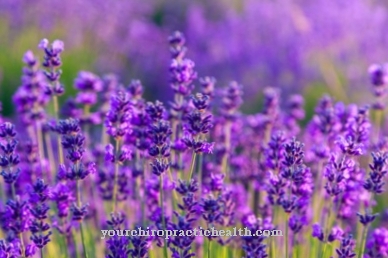
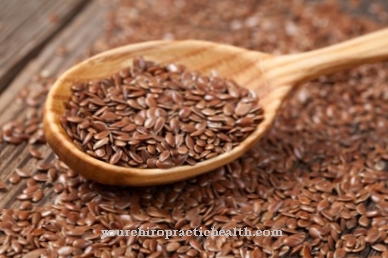
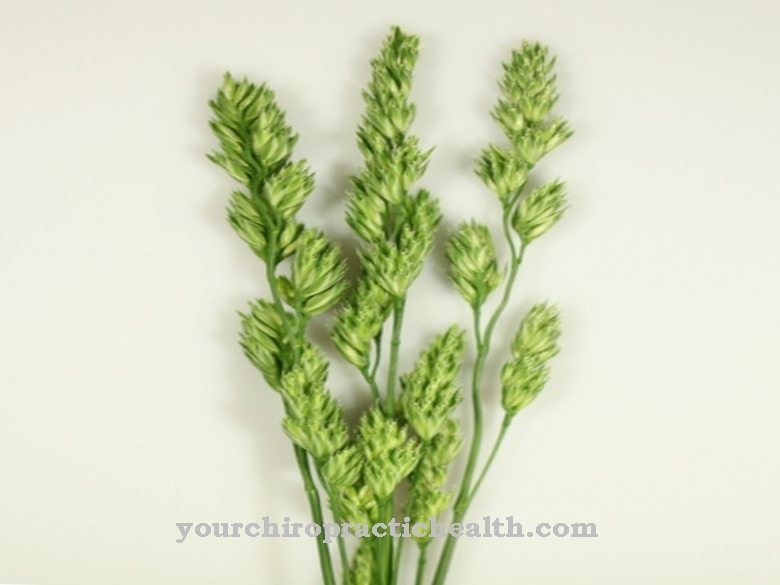
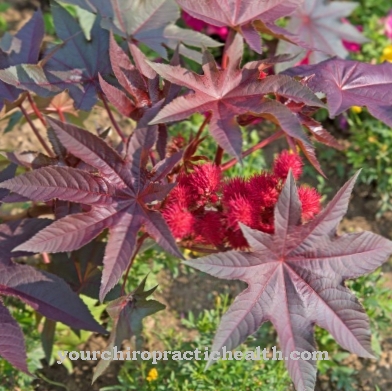
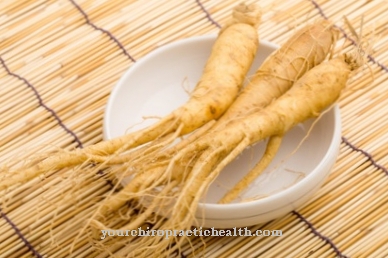


















.jpg)


